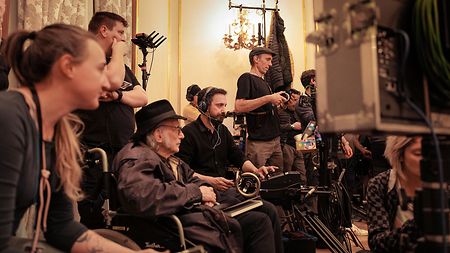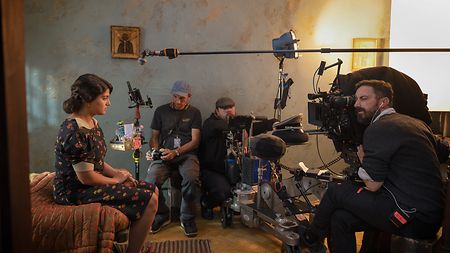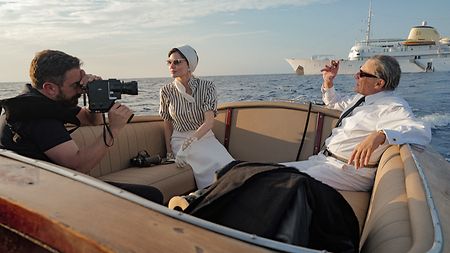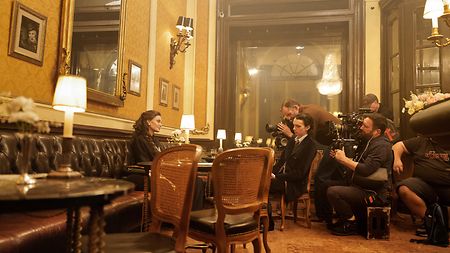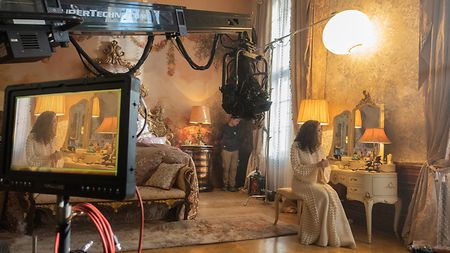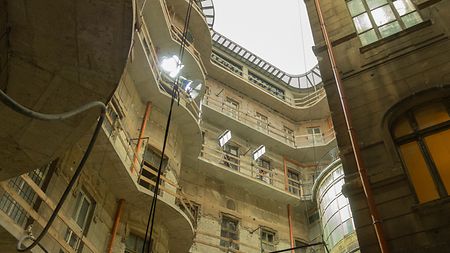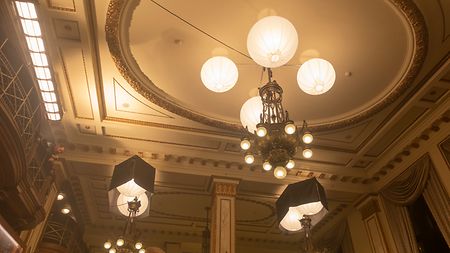With "Maria," cinematographer Ed Lachman ASC, reunites with director Pablo Larraín to bring another complex historical figure to life. Following their striking black-and-white visuals in Netflix's "El Conde" (2023), "Maria" marks their latest collaboration--this time, completing Larraín's trilogy of films exploring the inner lives of iconic women, alongside "Jackie" (2016) and "Spencer" (2021). This latest production, starring Angelina Jolie as Maria Callas, has already been hailed as some of Lachman's finest-ever work.
For Larraín, "Maria" was elevated as a passion project by his deep love and knowledge of opera. When he first approached Lachman about shooting it, the cinematographer wondered if someone equally knowledgeable on the subject might be better suited to the task. He recalls, "Eventually, Pablo called me once they had started preproduction to say that he really wanted me on board, so of course I agreed. He said a very interesting thing to me, which was that opera is similar to cinema in terms of the experience and how you approach it. I found that to be true; opera is not a representation of reality, but an emotional interpretation and a heightened reality."

